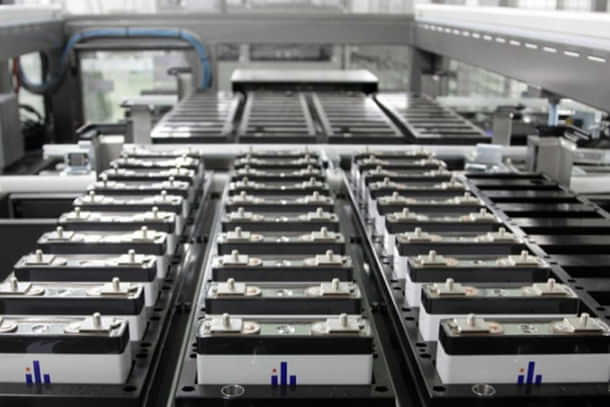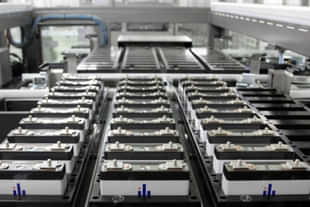News Headlines
India Needs About Rs 33,750 Crore To Achieve Its 50 GWh Lithium-Ion Battery Indigenous Production Target, Says Study
Amit Mishra
Feb 22, 2023, 02:47 PM | Updated 03:36 PM IST
Save & read from anywhere!
Bookmark stories for easy access on any device or the Swarajya app.


To meet the government's Production Linked Incentive (PLI) target of setting up 50 GWh lithium-ion cell and battery manufacturing plants, India will need close to $4.5 billion (Rs 33,750 crore), according to an independent study by the CEEW.
CEEW is Council for Energy, Environment and Water Research, a think tank in New Delhi.
The study titled ‘How can India indigenise lithium-ion battery manufacturing?’ has calculated the material and financial requirements required to set up lithium-ion cell and battery manufacturing plant under PLI scheme.
The analysis was based on the minimum manufacturing plant capacity allocated under the PLI scheme - 5 GWh and the total cost, including land acquisition, factory floor space, warehousing, and connecting utilities for setting up such a facility could lie between $325-450 million (Rs 2,437–3,375 crore).
Furthermore, these factories will be energy intensive, with a 5 GWh production facility consuming about 250 GWh annually.
The government has already allocated Rs 18,100 crore ($2.4 billion) under the PLI scheme — the National Programme on Advanced Chemistry Cell (ACC) Battery Storage — to achieve a manufacturing capacity of 50 GWh of ACC and 5 GWh of “niche” ACC.
Indigenisation Blueprint
Energy storage technologies are expected to play a critical role in the decarbonisation of the electricity and transport sectors, which account for 49 per cent of India’s total greenhouse gas emissions.
These technologies significantly impact how we generate electricity and how we travel. Without an energy storage system, we will need to arrange balancing assets, like thermal or gas power plants, to serve loads during hours with limited renewable energy generation.
The CEEW study underlined that energy storage must be looked at as strategic infrastructure and recommends a three-pronged strategy for India to scale its battery cell manufacturing sector and become a trend-setter in the global battery manufacturing ecosystem.
First, reduce the cost of manufacturing through process changes. Second, change policy to manufacture and deploy energy storage systems. Third, take a strategic focus on research, development, and demonstration.
Continued enthusiasm for battery storage, particularly LIBs, across various applications is based on the cost competitiveness of such technologies. As such, India should focus on battery cell component manufacturing.
The study estimates that the share of active cathode and anode materials processing can be as high as 61 per cent. It can be achieved by leveraging the experienced chemical industry to manufacture these components for domestic consumption as well as exports.
In order to reduce the primary supply requirement for key minerals like copper, nickel, lithium, and cobalt, the study suggest that the government must focus on scaling up recycling infrastructure for batteries.
Given the absence or limited availability of key LIB-related raw materials in India and the evolving landscape of global supply chains, India should strategically develop a plan to secure adequate access to these raw materials to support its goals of indigenisation of the upstream battery value chain.





